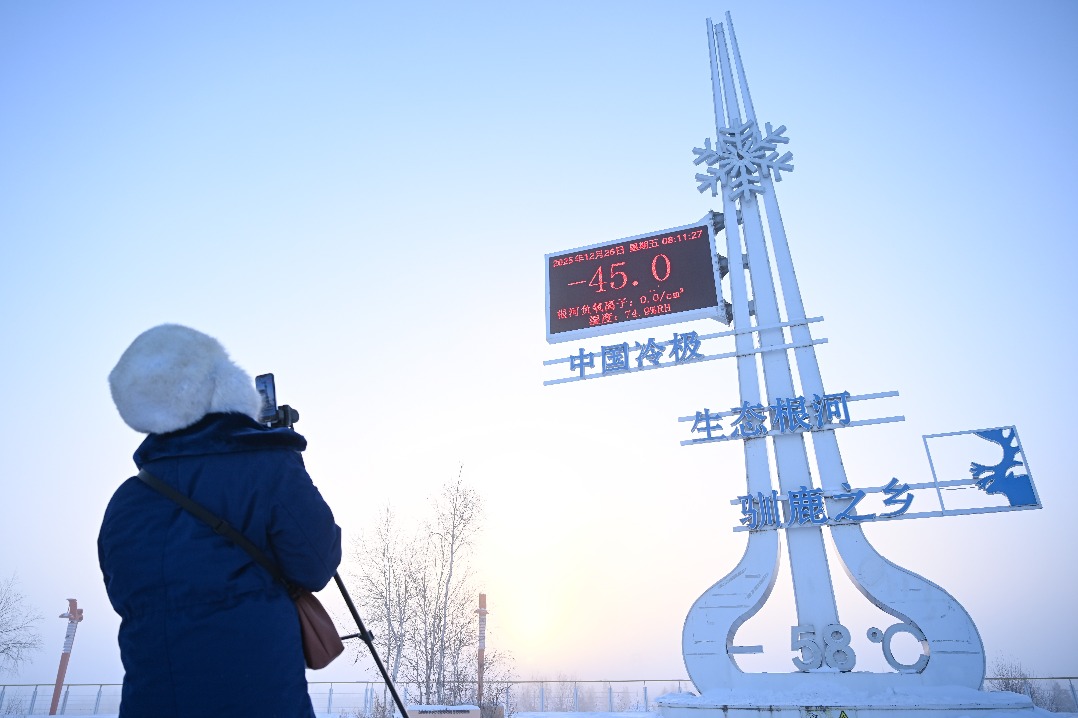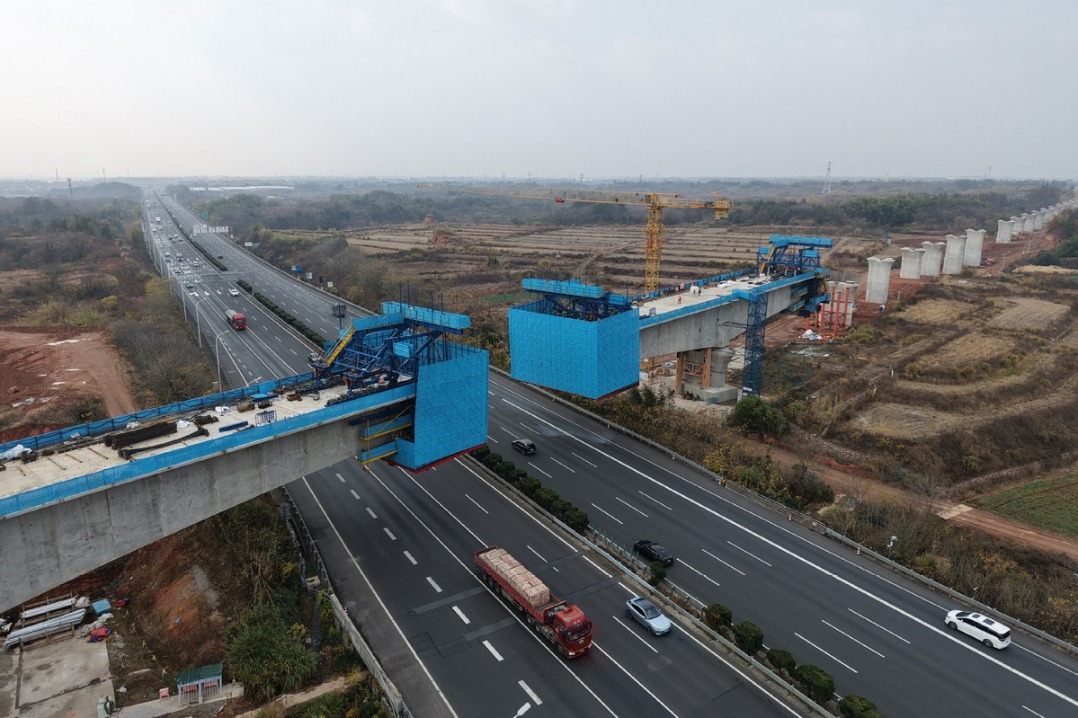Grassland degradation a factor behind sandstorm

Chart: Top 30 cities by grassland areas

Looking at the top 30 cities by grassland area in the ranking, we observe the same situation. The top 30 cities in the ranking boast 41.5% of China's grassland. However, their permanent resident population, GDP, and GDP of their first industry make up 4.4%, 3.8%, and 5.5% of the country's total, respectively. The per capita GDP of the top 30 cities, though vast and underpopulated, is only 83.5% of the country's average level.
Those figures provide a perspective at the national level that grasslands play an extremely important role in the ecological environment, but their carrying capacity of population and GDP contribution are not big. Moreover, grassland ecology is quite vulnerable.
In many regions, farming, overgrazing, mining, herbal picking and other improper exploitation ways are eroding the valuable and vulnerable grassland resources.
From 2017 to 2018 alone, China's grassland area shrank by 8,185 square kilometers. The figure was shocking, as it accounted for merely 0.26% of the country's grassland area, but was larger than the urban area of Guiyang city. China's efforts in protecting the ecological environment have paid off in recent years, as 70 cities in 297 cities saw their grassland areas increase. It is worth noting that grassland areas in 227 cities are getting smaller, and the effort taken by those cities in protecting grasslands is far below efficiency.
Ecological products and functional zones
The sandstorm taking place on March 15 warned that over exploitation of grasslands not only brings environmental devastation, but also a disaster to our living environment.
I agree with the idea of "ecological products" proposed by Yang Weimin, a member of the Standing Committee of the CPPCC National Committee. We should not blindly pursue the economic benefits of grasslands, but should treat grasslands as ecological products instead and try to achieve their economic value. Of course, to realize the value of grasslands as ecological products, we need to purchase ecological products through the central government's finance, exchange ecological value between regions, sell water rights, emission rights, and carbon emission rights, realize the price premium of ecological products, and charge for tourism products. All these ways need the protection of policies and systems.
The system of functional zones, which has been implemented in China, serves as the framework mechanism for building this kind of policy system. The main functional zones divide the land space into four types: optimized development areas, key development areas, restricted development areas and prohibited development areas. Different development policies are implemented for different areas. Policies of "converting farmland to forests" and "converting farmland to grassland" in restricted development areas and prohibited development areas, as well as policies of restricted and prohibited development, aim to reduce production space and increase ecological space.
China's grassland resources mostly concentrate in limited development areas and forbidden development areas. With improving and implementing the system of functional zones, grassland resources can be restored in the long run. Whether it is the construction of systems and mechanisms, or the implementation, we still have a long way to go before we truly turn lucid waters and green mountains into invaluable assets.
- Beijing community leads the way in grassroots governance
- HKSAR govt extends thanks to various units for supporting people affected by residential complex fire
- Influencers barred from vulgar, false, or harmful content
- Hangzhou–Quzhou High-Speed Railway begins operations
- China records rise in survival prospects for child and adolescent cancer patients
- Ministry unveils draft revision of the national air quality standards





































